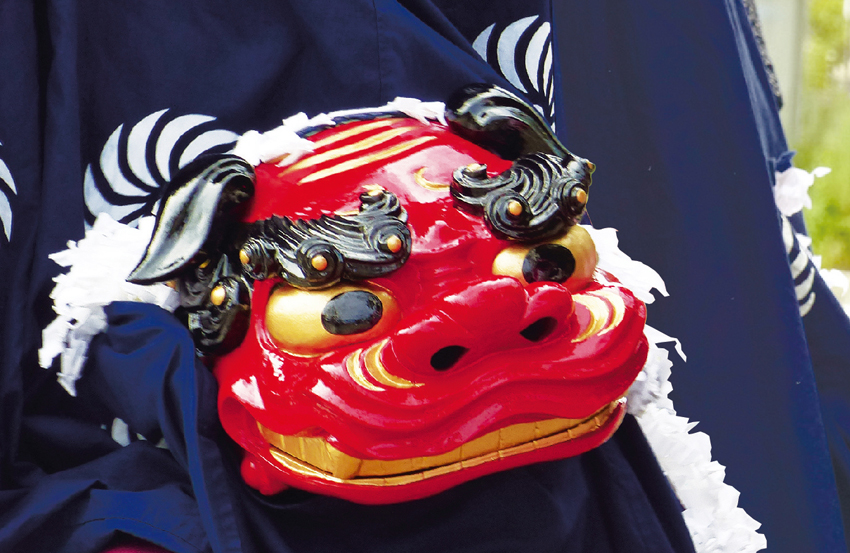ARTIST

Kirikiri Daikagura Preservation Society
The tradition of the Kirikiri Dai-Kagura is said to trace back to the Miura family, a blacksmith in Kawara street, who was given shishigashira from their employer Zen’emon, the third son of Zenbe Maekawa II, in the early Edo period (1603-1868). The source of the dance remains vague, except that it must have been conveyed from the neighboring communities. Its shishigashira is in the Edo style, presumably because Kirikiri, the powerful merchant Zenbe Maekawa’s base, had a close relationship with Edo, the capital. The dance is a prayer for the casting out of evil spirits, world peace and good business, functioning as a symbolic accompaniment to the Amaterasu Mioya Shrine. It is also dedicated at the festival of the Eight Great Naga Kings Shrine.